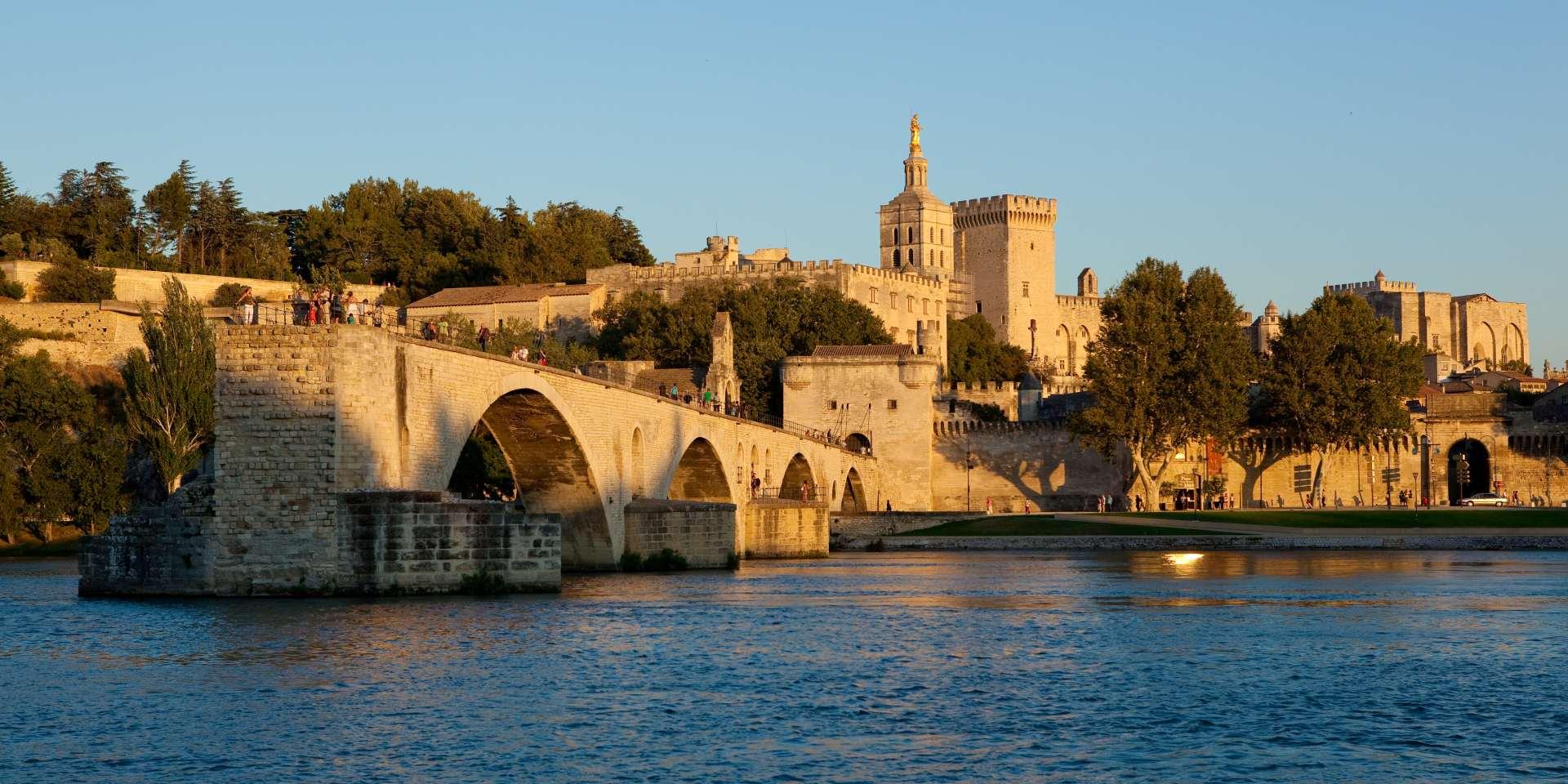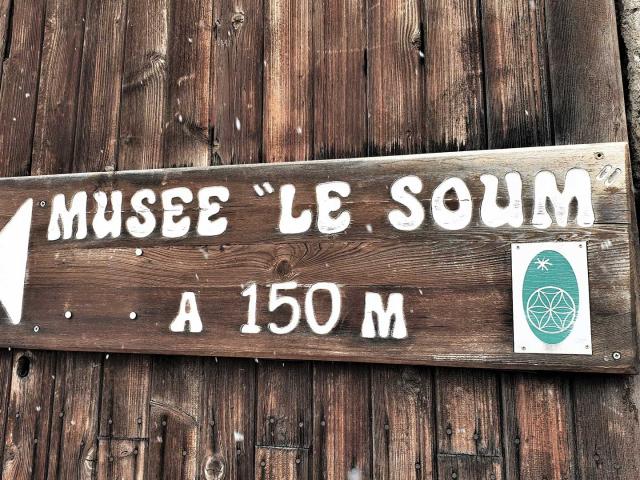The Comtat Venaissin overlaps part of the Vaucluse department. This former territory of the Papal States has preserved from its past under the domination of the sovereign pontiffs, monuments unique in the world, such as the Palais des Papes (Popes’ Palace). But the Vaucluse department has many other tourist attractions to offer to visitors who are passionate about heritage, with the ancient remains of Orange, the castles, monasteries and chapels of the Luberon …

Monuments in Vaucluse
Roman theater of Orange
Listed as a UNESCO World Heritage Site, the Roman Theater is one of the most beautiful legacies left by the Roman Empire in France. Its magnificent stage wall certainly partly explains its fame: 103 meters long and 37 meters high, it is perfectly preserved on its two façades. The Roman Theater can be visited and is one of the most tourist monuments of the Vaucluse department. It is also a place for shows with exceptional acoustics. Every year, the Chorégies d’Orange brings this performance venue back to life by putting the spotlight on lyrical art.
Palais des Papes
In 1309, the popes left Rome for Avignon. They stayed there until 1378, and even 1418 considering the Western Schism where two popes coexisted. During this period, the city became the spiritual and political center of Christianity and concentrated the wealth. The Palais des Papes (Popes’ Palace), home of the sovereign pontiffs and the largest building of its century, bears witness to this unprecedented prosperity. Classified as a UNESCO World Heritage Site, it is a true architectural treasure of the Gothic period and harmoniously combines defensive and residential elements.
Saint-Bénézet bridge
Commonly known as the Pont d’Avignon (Avignon Bridge), the Saint-Bénézet bridge used to link Avignon, on papal land, to the neighboring territories of the Kingdom of France. Completed in 1185, the bridge originally had 22 arches and was 920 meters long. Damaged several times by the flooding of the Rhône and by wars, it was rebuilt on several occasions, notably in 1234 and 1237. Several successive floods in the seventeenth century severely damaged the bridge, which is now abandoned. Today, visitors can take the four remaining arches, discover the small chapel built on the bridge, and discover the museographic center associated with the structure.
Bories Village
The Bories are part of the rural heritage of Provence. These dry-stone huts were once used as temporary shelters for shepherds, who could thus stay as close as possible to their herds. Sometimes, real villages were born. This is the case of the hamlet known as “Les Cabanes” (the huts), renamed Village des Bories (Bories Village), which was built to double the village of Gordes and was occupied during seasonal agricultural work. The visit offers an immersion in the past and allows you to discover an architecture whose apparent simplicity reveals a formidable work of patience.
Sénanque abbey
One of the so-called Cistercian sisters, the Sénanque Abbey is a unique testimony of Romanesque architecture. Its pure lines, its volumes articulated around the principles of simplicity and humility, give the place an atmosphere of serenity. Visit the Sénanque Abbey and discover the daily life of the monks. The cloister, for example, is still today a haven of peace and serenity. In late spring and early summer, the abbey surrounded by fields of lavender in bloom offers a postcard setting.
Château de Lourmarin
Facing one of the most beautiful villages in France, the Château de Lourmarin offers the elegance of its Renaissance wing dating from the 16th century. The rich cultural life of the place sometimes earns it the nickname of little Villa Medicis of Provence. The visit of the castle also allows you to admire valuable collections: furniture, engravings, paintings, objets d’art, musical instruments, etc. The terraces are home to a refreshment stall.




